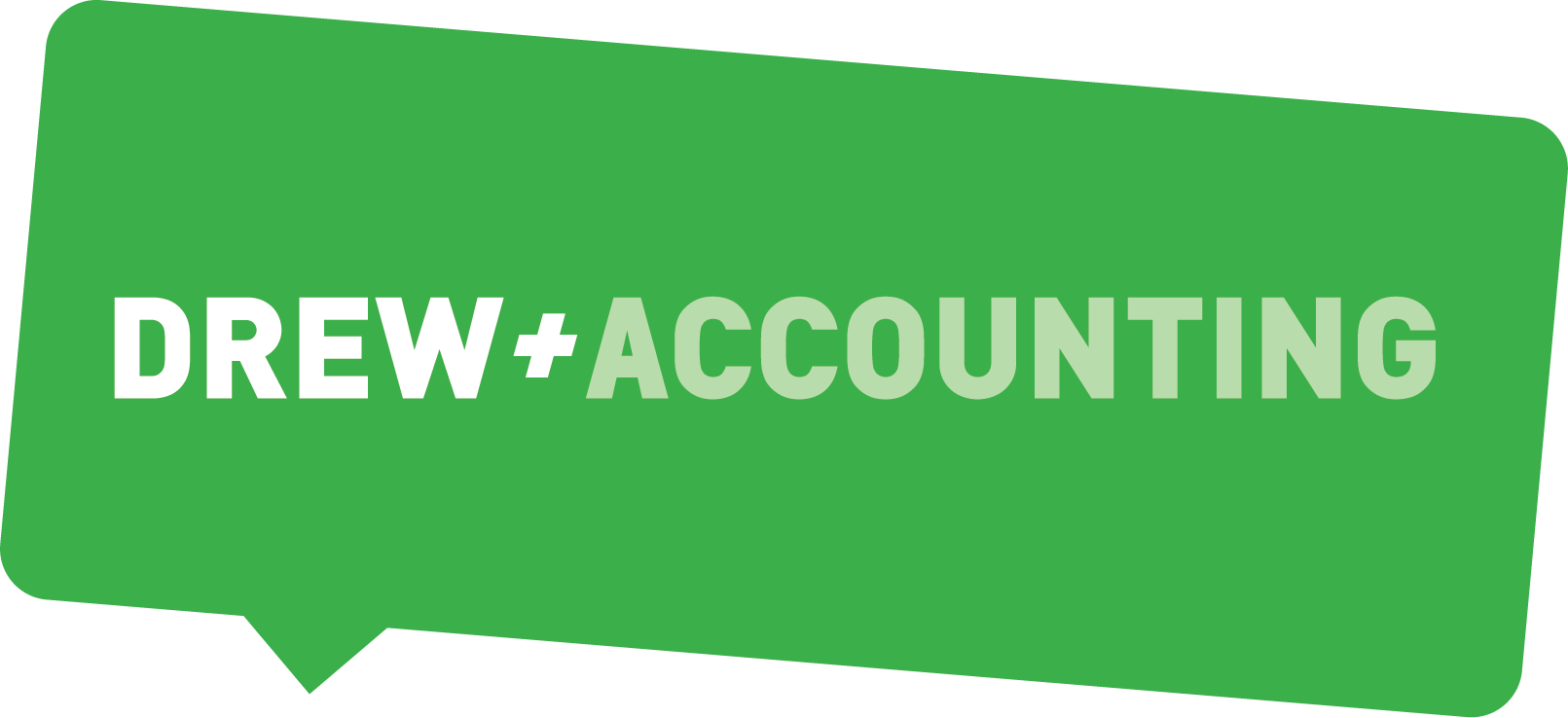It’s All About Cashflow
The purpose of a business is to make money, and that means you need to know the difference between profit and cash flow.
Net profit is what you have left after you deduct all your business expenses from all your revenue. You can improve net profit only by changing the things that affect revenue and expenses.
For example, if:
- You renegotiate with your suppliers, you may get stock cheaper, or carry less inventory.
- Your staff engage with customers better, you can learn more about what they do and don’t like – and get more business.
- You can roster staff differently, you may be able to run your business more efficiently.
Cash flow comes from various sources. However, it also covers operating expenses, taxes, equipment purchases, repayments, distribution, and so on.
Note that a profitable business does not always have good cash flow. And a business with good cash flow is not always profitable. For example, you can have good cash flow, and loss-making expenses.
To work out how fast you can grow your business, look at your projected cash flow. We can advise you on this.
One area of business that has a major impact on cashflow is your debtors.
Good debtor management can make a real difference to cashflow in your business while poor debtor management can be a major roadblock.
If your business isn’t strictly ‘cash over the counter’ you probably already understand how much work it takes (and how frustrating it is) to chase money from late payers.
You can have a lot of money tied up in debtors that you could use better elsewhere to keep driving the business forward. Think about it this way: the money you have tied up in debtors is your (reluctant) investment in your customers’ business. Wouldn’t you rather invest in your own business?
Debtor management can be hard to figure out with not much to show for it. People don’t like to deal with it, they fit it into the cracks with their other work, so it usually just gets worse. It sucks up time as you try to unravel invoices, statements and call logs. It’s unsatisfying work that can almost never be completed in one block, requiring you to follow up with debtors repeatedly.
Having a good debtors system in play will allow you to have more liquid cash in your business.
Liquid cash is what keeps you trading, growing and hitting your goals as a business. But sometimes, that access to ready cash can slip. And when cash is in short supply, you need a fast and convenient way to bring increased cashflow into the company.
One common way to do this is to look at invoice finance a way to use the equity tied up in your unpaid invoices to raise cash quickly and with minimum hassle.
Invoice finance is a financial tool that allows you to convert your unpaid customer invoices into cash, providing immediate liquidity . When bills need paying, staff wages are due and there’s very little cash in the bank, invoice finance is a great solution to your problem.
There are two main types of invoice finance – invoice discounting and invoice factoring – both of which work in slightly different ways.
Invoice discounting:
With an invoice discounting approach, you (as the business) retain ownership of your invoices and receive a portion of the invoice value upfront from your invoice finance provider. Your business is then responsible for collecting the full amount from the customer by the usual payment deadline.
Invoice factoring:
By contrast, with invoice factoring the factoring company purchases the invoices outright, and also assumes the credit risk. The business receives a percentage of the invoice value upfront, typically at a higher amount than if you were to use invoice discounting.
The major benefits of invoice financing are:
Improved cashflow - You have almost immediate access to additional cash, helping you cover your operational expenses and seize new opportunities.
Reduced credit risk - Factoring companies often assume the credit risk, which serves to protect your business from any potential bad debts.
Improved credit score - When you make timely payments to the factoring company, this can help to boost your company’s creditworthiness and credit score.
Flexible financing - Invoice finance can be tailored to meet your specific financial, operational and strategic needs, with options like recourse and non-recourse factoring.
Access to working capital - Invoice finance gives you a steady, stable stream of working capital, giving you the capital needed to grow and scale the business.
If you’re struggling to source the cash you need for the coming period, don’t worry. Come and talk to us and we’ll help you find the most[suitable invoice finance provider.
We’ll also work with you to come up with a financial strategy and cashflow process that keeps your liquidity and cashflow aligned with your ongoing business plan.
To close, here are few great ways to keep cash crowned as king:
- Protect your cash position, by knowing what it is. Build a cash flow statement and always keep it up-to-date. If you foresee a shortfall, start at once to fix it.
- Create a cash buffer as an insurance against unexpected difficulties.
- Protect your cash position against revenue shocks, by maintaining a balance equivalent to at least two months of operating expenses.
- Be realistic with revenue expectations. Take action now if it looks like sales are not going to get you to breakeven.
- Credit checking up front will reduce the risk of customer non-payment. Make sure you follow up with clear payment terms agreed in writing. Communicate regularly with customers and automate where possible.
- Every dollar you spend reduces cash reserves. The best way to protect your cash is to create a budget for the spend you know you need, and stick to it.
Looking to improve cash flow? Make a time to talk to us. We're here to help.

